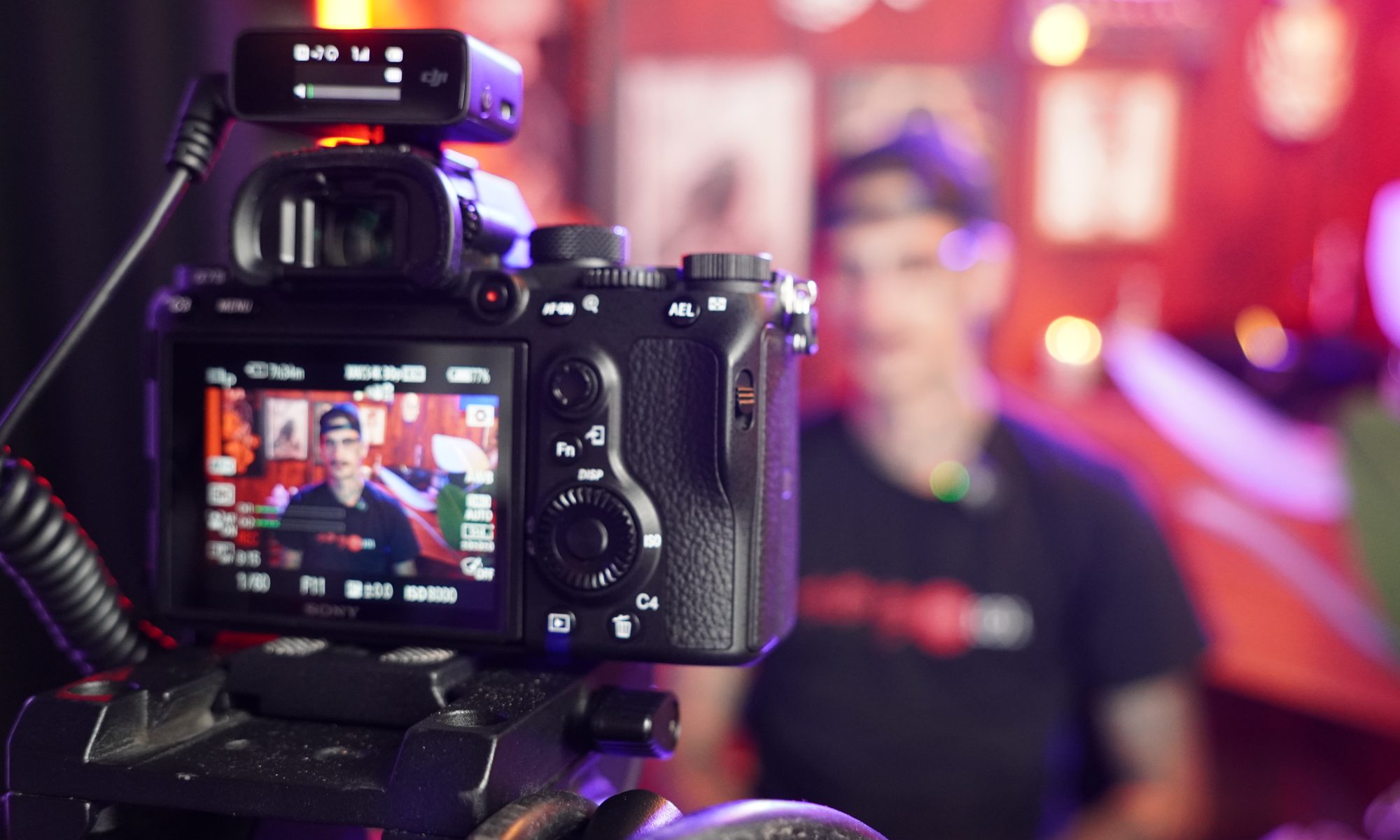Ever flirted with the idea of becoming a tattoo artist? But don’t have time to commit to an unpaid full-time apprenctiship? Well, there might be another way.
Enter: Tattooing 101 , the “world’s largest online tattoo school”, ran by three tattooists – Brandon Over, Jay Haussman and Nathan Molenaar – who believed there was another way to teach tattooing outside of old-school apprenticeships. So that anyone can learn to tattoo…
We sat down for a chat with Brandon to find out more…
Tell us about the people behind Tattooing 101…
Brandon: We’re all tattoo artists from very different corners of the world. Nathan is from Australia, my shop is here in Tennessee, and Jay just moved from Hawaii to Colorado.
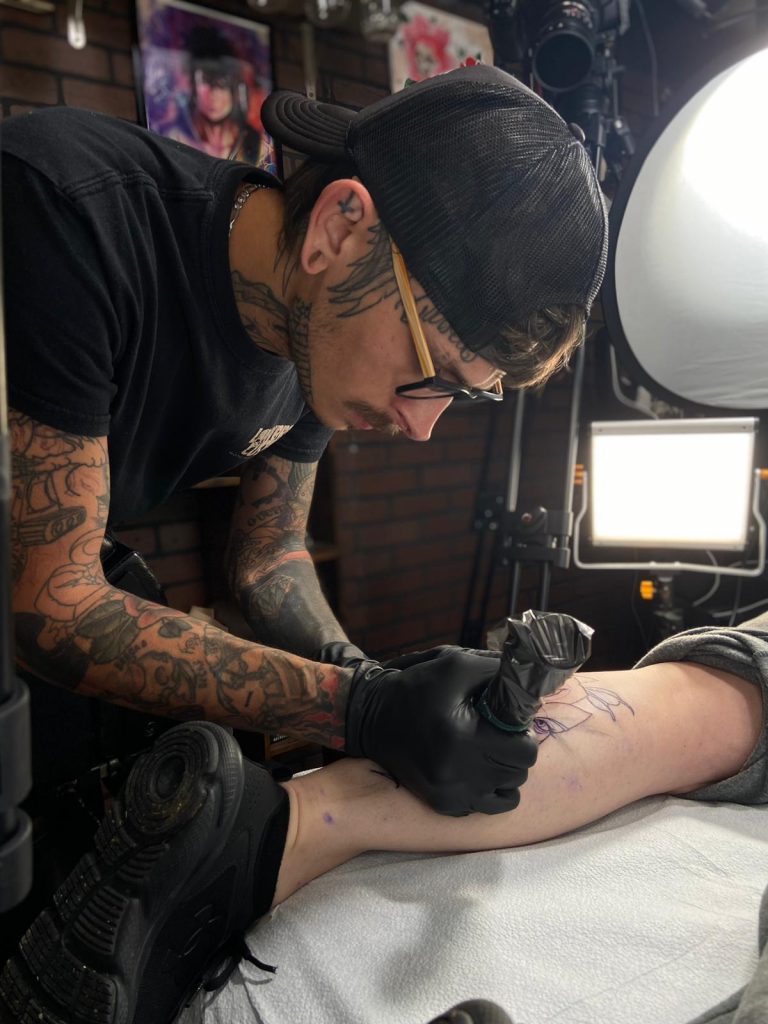
Between the three of us, we’ve done a bit of everything. Jay had the classic walk-in studio experience out in Hawaii, I co-own a custom shop with my wife, and Nathan’s spent time travelling and tattooing.
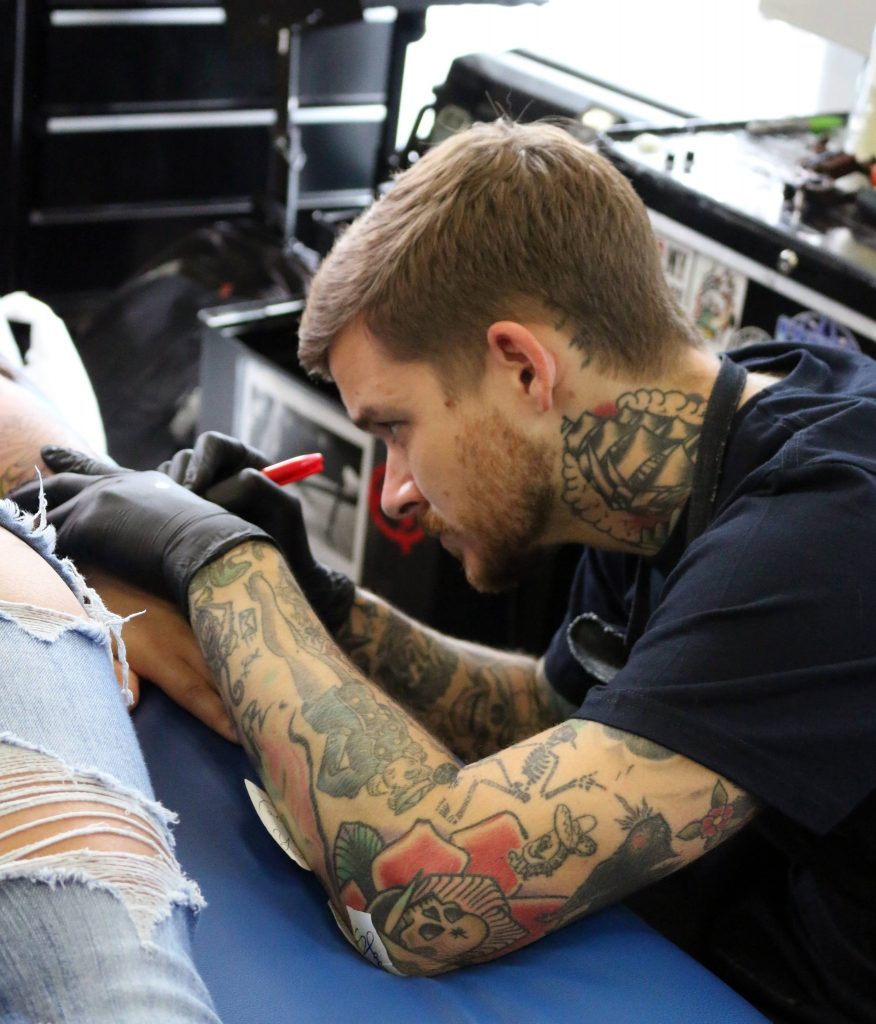
As far as specialties go, Jay’s the American-traditional artist, Nathan is a neo-trad expert, and I’ve been mostly into realism for a while now.
Of course, we’re people outside of the industry, too. Jay spends his free time biking with his daughter and doing jiu-jitsu, Nathan’s into the bodybuilding side of fitness, and you can find me at the shooting range or camping with my kids.
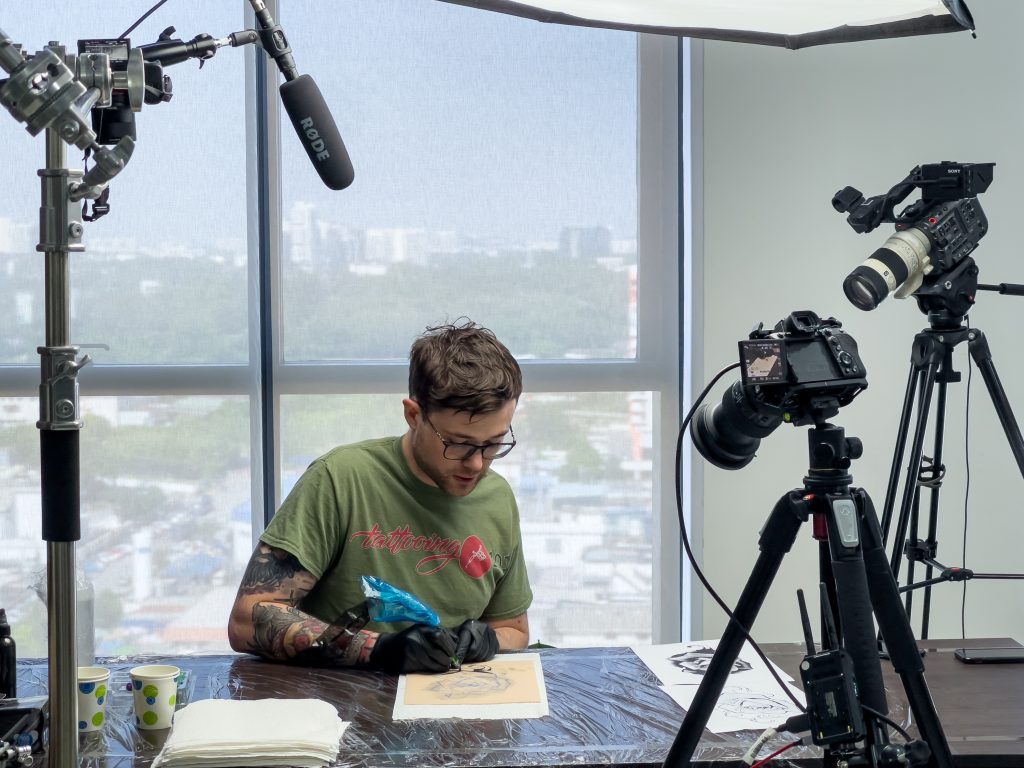
How did Tattooing 101 come about, how did you find each other?
Jay was the original artist behind Tattooing 101 back in 2016 – it was originally called Artist Accelerator. He learned tattooing while in the U.S. Navy, getting to meet artists from all over the world while he was at port. After that, he worked at a tattoo studio in Hawaii and continued to travel the world to learn tattooing, even meeting Ed Hardy and getting tattooed by Horiyoshi III. Jay would say he’s obsessed with tattooing, but he’s a dedicated student of the craft – and an equally passionate teacher. He made hundreds of videos for the original curriculum and started the online community.
When Jay needed to take a step back, Nathan acquired the business and took over as lead instructor. Nathan had done the traditional in-shop apprenticeship (which his mentor had purposefully drawn out for four years) before tattooing all over Australia. He was drawn to the idea of Tattooing 101 because it was a way to teach artists without them getting dragged through the type of long, abusive apprenticeship he’d dealt with.
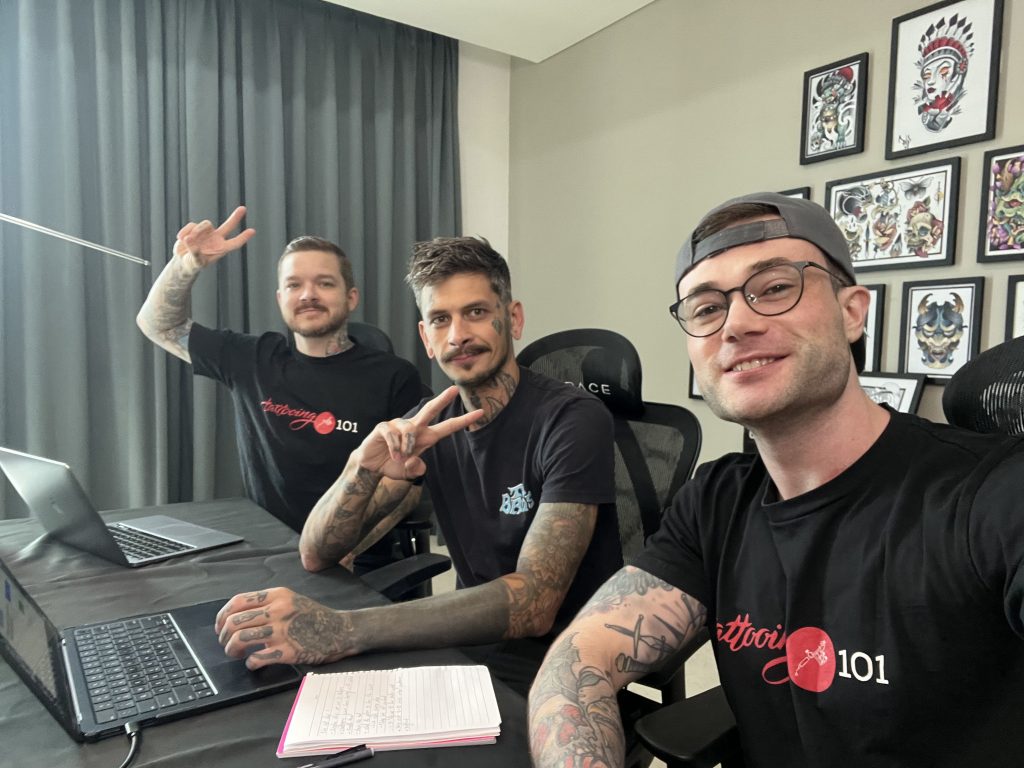
After a few years of doing everything himself – from teaching students to building the website – Nathan ended up finding me in a Facebook group for tattoo artists. I was running my own custom shop in Tennessee by then and mentoring artists myself, but I still spent a lot of time in the comments, trying to help out artists who were figuring it out on their own. We both thought I’d be a good fit to help mentor other artists online through Tattooing 101.
Last year, Jay came back to the community after spending several years helping tattoo studios with the marketing side of things.
Tattooing 101 is an “online tattoo school,” we’ve never heard of anything like that before, how does it work?
The idea behind our flagship programme, the Artist Accelerator, was to put everything you’d learn from what is normally a 2-3 year apprenticeship into easy-to-follow videos that build on one another so new artists could learn from the ground up – even if they had no previous art or tattooing experience.
When students come into the programme, they go through each of our three phases in order at their own pace, on their own time.
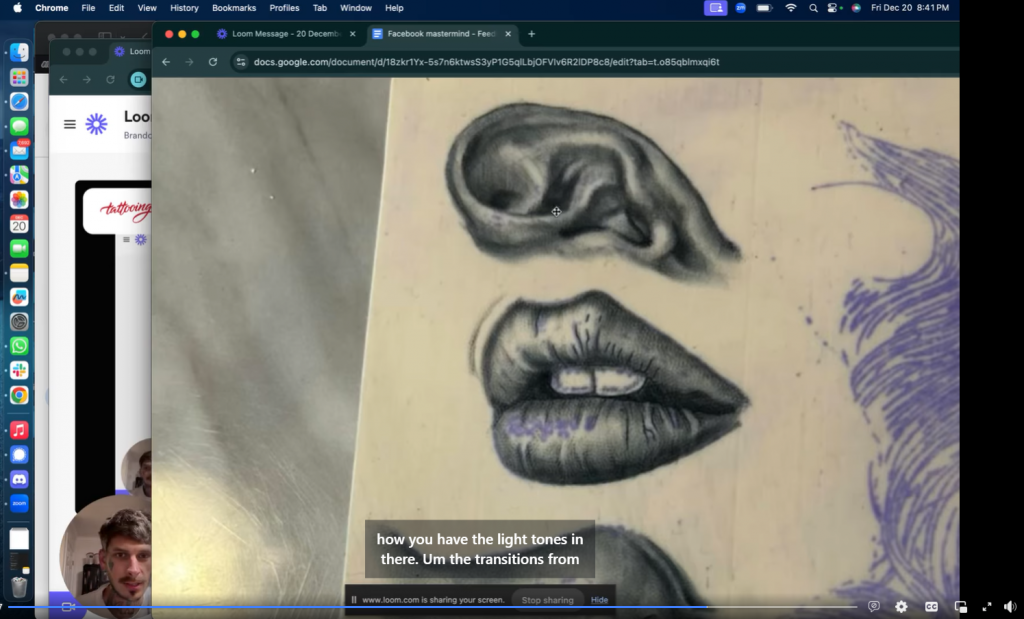
Phase 1 is Foundations, where we cover mindset, sanitation and getting your Bloodborne Pathogens certification, and shop knowledge. This prepares students for the road ahead and makes sure they know exactly how to operate safely in a tattoo shop environment.
In Phase 2, Design and Equipment, we cover tattoo design, creating unique flash, and tattoo equipment, so they’re ready to take on client requests, build their portfolio, and handle their machines and materials confidently.
Tattooing Techniques is Phase 3, where we go in depth on essential tattooing techniques like lining, shading, and colour packing. This includes a lot of practice on fake skin before we reach the end of the course where we discuss getting clients and landing a spot in a shop.
Throughout the entire process, students talk to us in our Mastermind online community to get their questions answered, receive feedback on their tattoos and the “homework” assignments from each lesson, and network with one another. We also host weekly live calls like Q&As, art nights, or interviews with other artists.
By the end, students are ready to work professionally in a shop with solid tattooing technique and a portfolio.
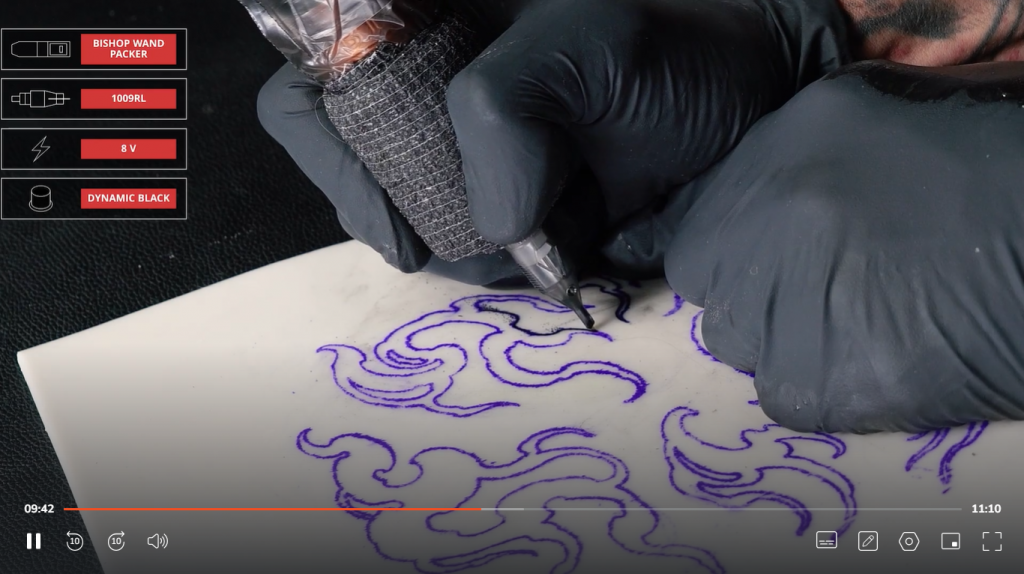
Is this the future of learning to tattoo?
We believe it is.
Apprenticeships can work well for people who find a good shop with artists who are actually willing to teach. But for a lot of people who want to learn, it’s just not realistic –especially if they’re working full-time, have kids, etc. There’s only a small portion of aspiring artists who have the time and funds to work full-time for 2-3 years for free in a shop.
With the technology and resources we have today, you can learn to tattoo online and build the foundations you need to start tattooing professionally without the tattoo apprenticeship, and we’ve helped thousands of artists do it successfully.
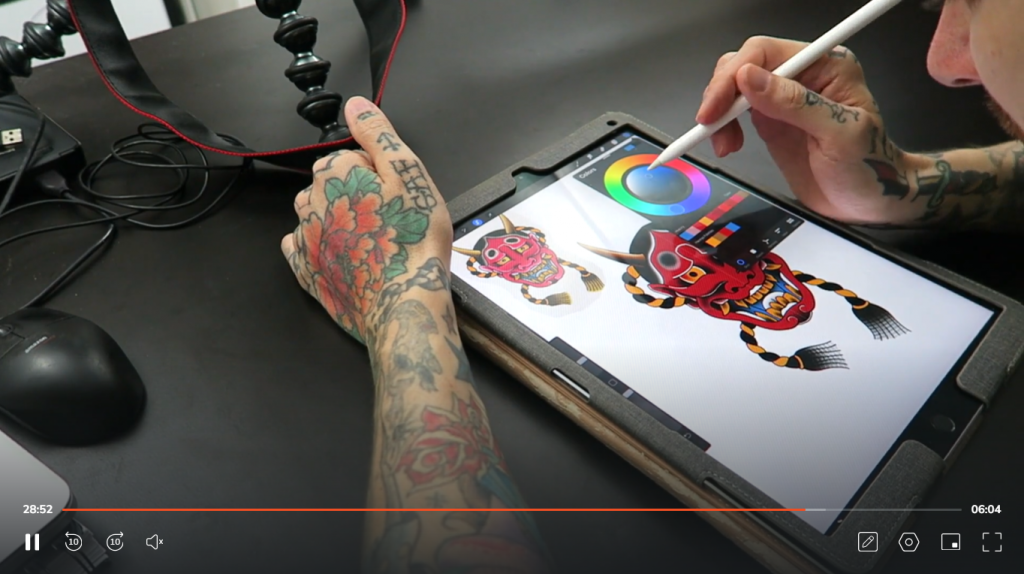
What was it about traditional apprenticeships that meant you didn’t want other people to go through it?
There’s the obvious stuff, of course. Apprenticeships usually mean a couple of years of unpaid work, which most people just can’t realistically afford. It traps a lot of talented, passionate artists out of the industry without giving them a fair shake. So we wanted to make a pathway that gave them that shot.
On top of that, a lot of apprenticeships put people in bad situations. Nathan’s mentor slammed him against a wall, one of my mentors was often under the influence while he was working – and both of us got yelled at every day.
I think we let it roll off our backs when it happened, but that type of stuff doesn’t make someone a better artist, and it shouldn’t be “normal” for someone to go through just because they want to learn to tattoo.
(And honestly, that’s nothing compared to what some of our students went through. One artist had a mentor drunkenly swing a machete at him!)
Then there’s the not-so-obvious, which is the lack of structure in most apprenticeships.
For example, between our own experiences and talking to other artists in the industry, we’ve found that it’s really difficult to get a mentor that has good tattooing technique while also being a good teacher.
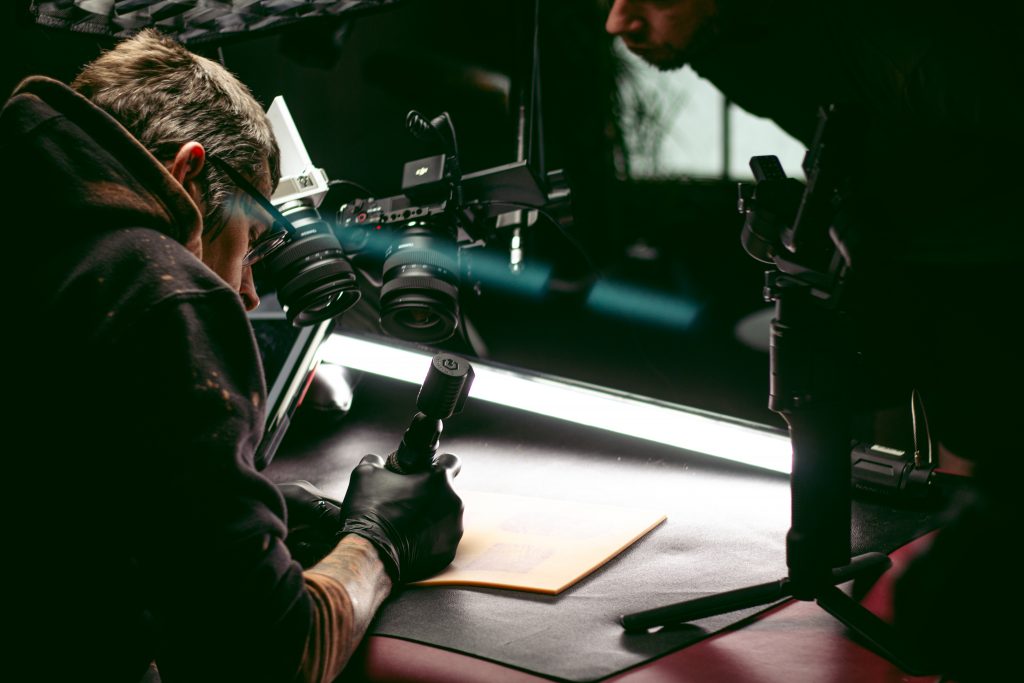
I actually ended up going through three tattoo apprenticeships. My very first mentor was tattooing in an unsanitary way. My second was using bad technique. Both times, when I realised things were going wrong, I left. But by then I’d wasted a lot of time, only for my third mentor to explain that I’d learned to tattoo with wrong technique.
Basically, those first two guys taught me what they knew, but it didn’t help me learn to tattoo the right way. I had to start from scratch, but this time with bad habits to fix.
Nathan, on the other hand, got a solid tattooer as a mentor… but the guy wasn’t a good teacher. And it’s really hard pick up good technique if no one is going to explain it to you.
Jay fell somewhere in the middle. He did a lot of “piecing it together” on his own in the Navy in unofficial “apprenticeships.” Some of the advice was good, some of it was bad, but it was hard to tell the difference until a local artist in Hawaii took him under his wing and they opened up the first official tattoo studio in Kapolei, Hawaii. Even so, he spent every penny to travel the world and learn from artists like Myke Chambers and Horiyoshi III.
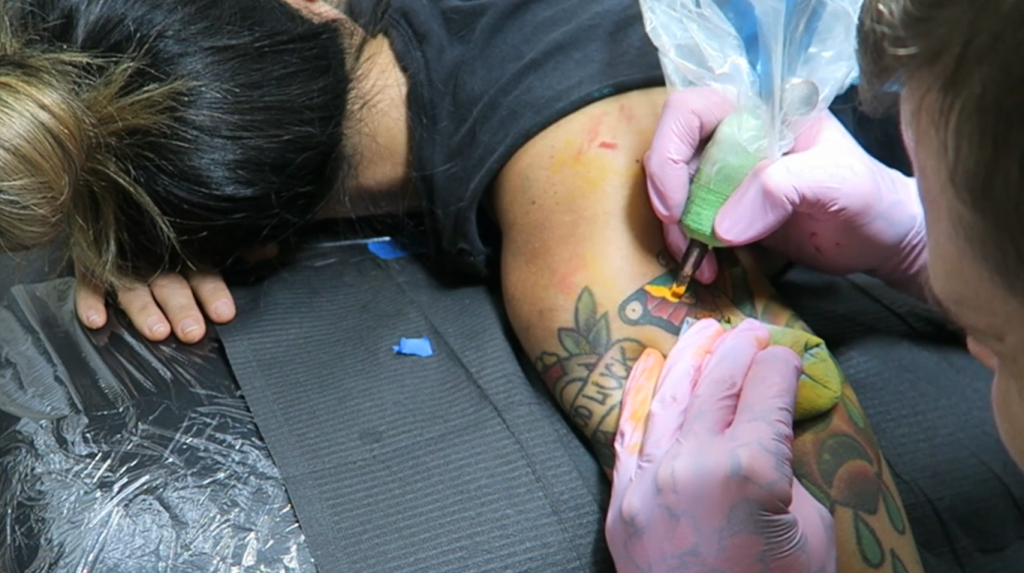
In our opinion, none of these are the best – or most efficient – ways to learn.
That’s why nowadays we’re such sticklers about how we make our tattooing content. We want it to not just show clear, correct technique, but we also want to explain why it’s done that way so our students can really understand how to do it themselves.
Do you think there’s a lot of gatekeeping in the tattoo industry? How do you see the industry changing?
This one’s interesting because there’s now two sides of it. Our answer to this question 10 years ago would have been 100%. It was impossible to find any information outside of an tattoo apprenticeship – you couldn’t even buy tattoo equipment unless it was a sketchy reseller on eBay.
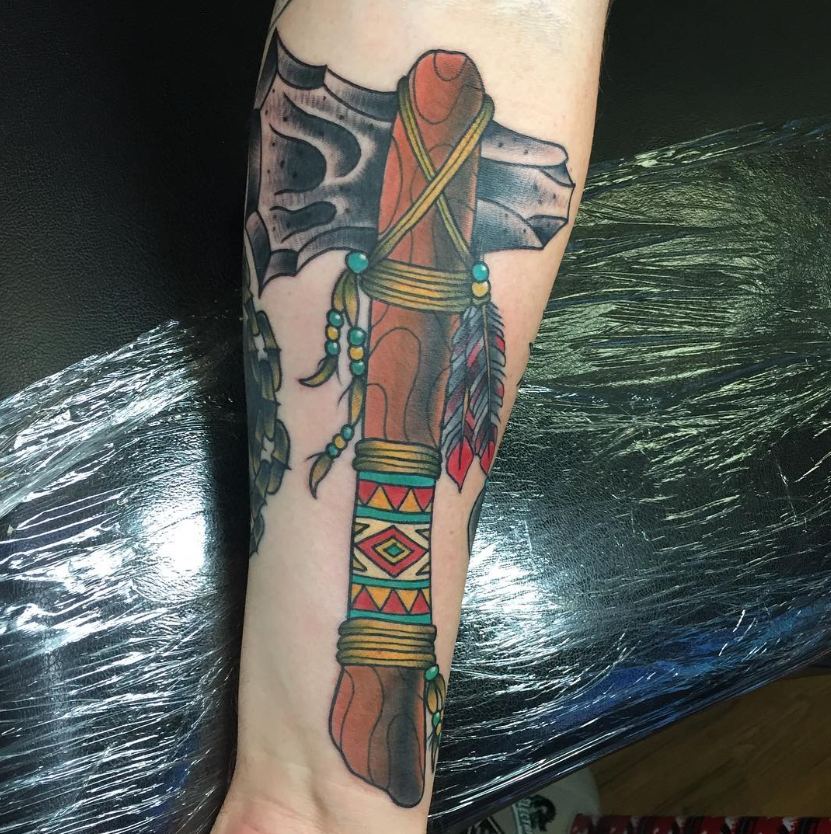
Nowadays, there’s still those artists who won’t tell you a thing about tattooing. They don’t want to share their knowledge. (There’s people like that in any industry.) But now with forums and YouTube and blogs, there’s actually an overload of information. That’s been a huge change. If you look up “how to tattoo a line,” you can spend hours going through the search results and they’ll all tell you something different. On top of it all, there’s lots of incorrect information out there.
But the main problem – finding the right information from a good teacher using a structured way to learn – that’s remained the same. That’s what we’re trying to fix.
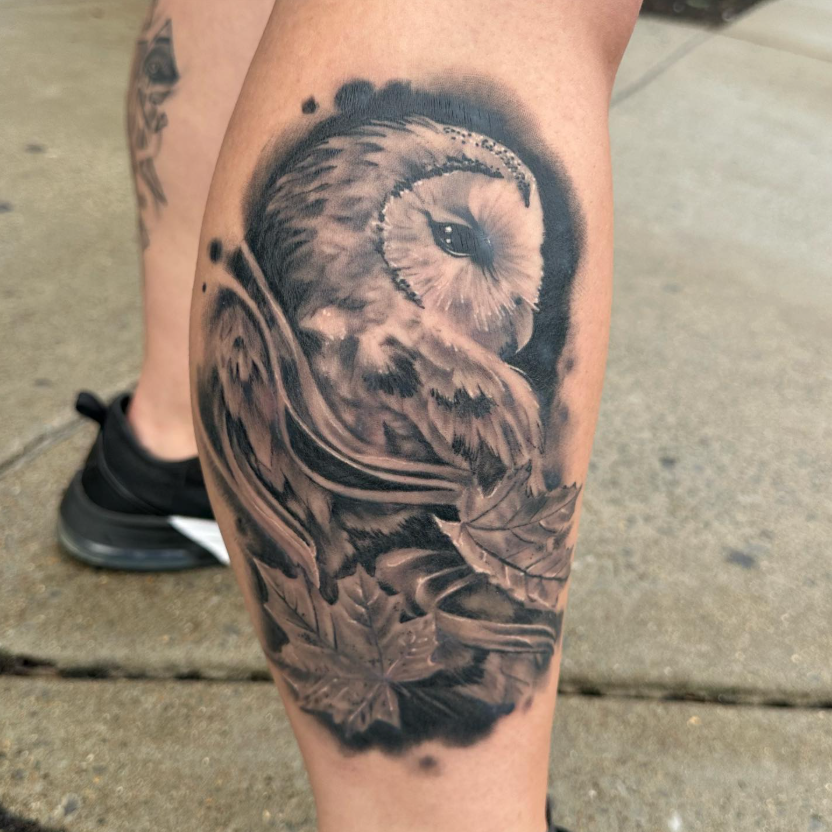
What’s the gender balance of those taking your course? Do you think the industry is becoming more welcoming to women?
We have a nearly 50/50 split between women and men, and there are a lot more women working in tattooing than 10-15 years ago. So, the industry has become more welcoming.
I also think that women have built a space for themselves in tattooing, too. Several of our students have gone on to run female-only studios. It’s a lot more common for women to get tattoos now than it was just a few decades ago, and many of those clients prefer female artists.
Unfortunately, we still do have female students come to us from bad apprenticeships where they thought a mentor was giving them a shot when in reality they ended up getting harrased. My wife is a tattoo artist and definitely dealt with that while she was apprenticing. So, while it’s improved, the industry as a whole still has a way to go.
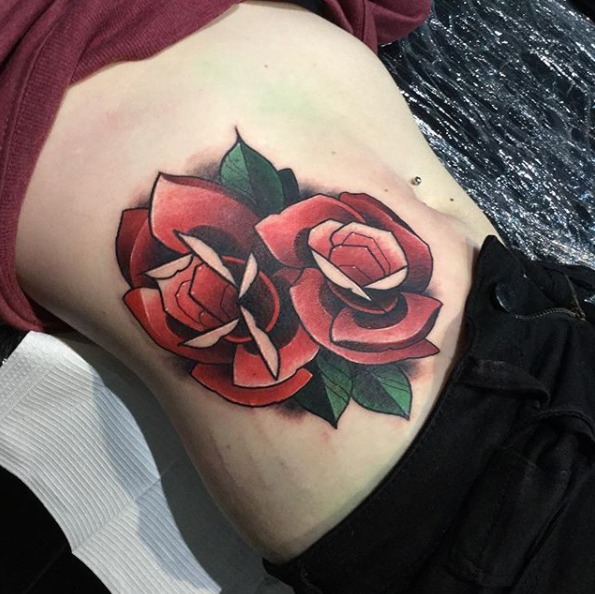
Tell us about some of the people who’ve done your course and what they have gone on to do…
We have students all across the world who have gone on to awesome careers making a living through their art.
For example, Kayden, Abel, and Christopher, who are all working as full-time artists in local shops:
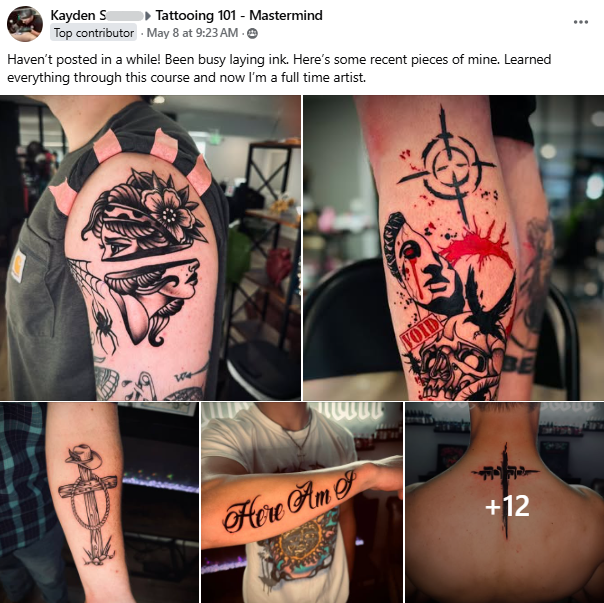
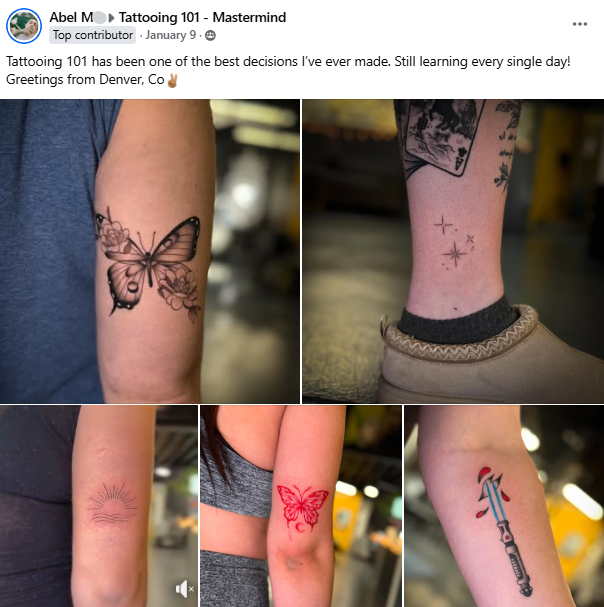
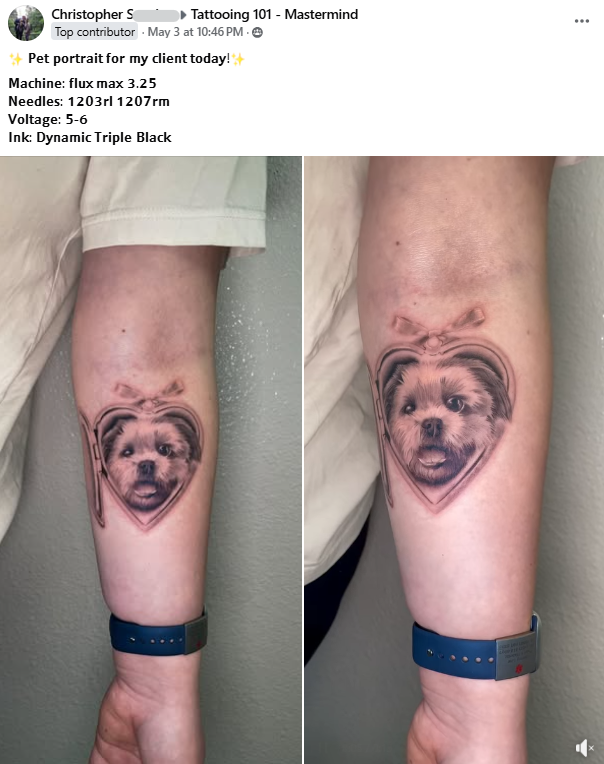
Jessica, Austin, and Jennifer all went the private studio route:


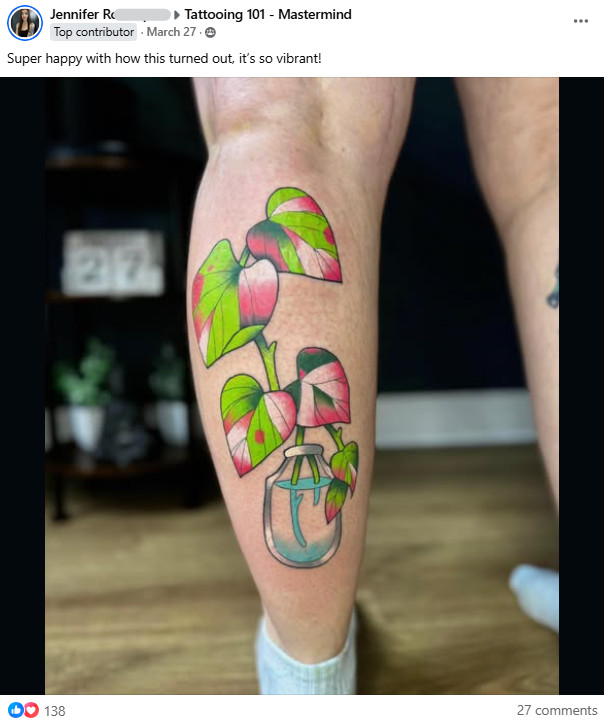
Some students, like Nina who graduated several years ago, have now been running successful studios for years. She recently won best studio in her town for the second time:
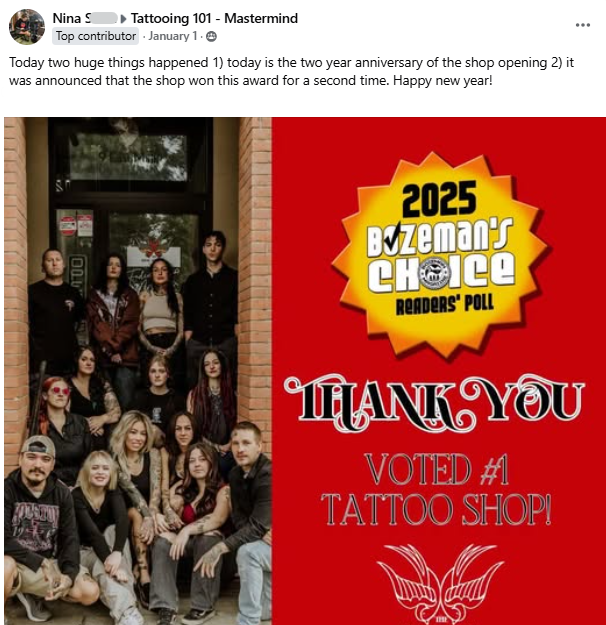
Or tattooing at conventions like Justin:
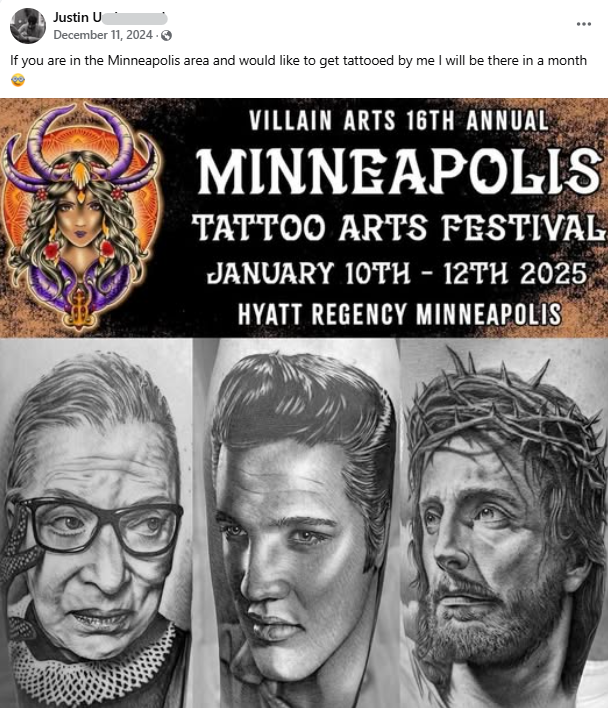
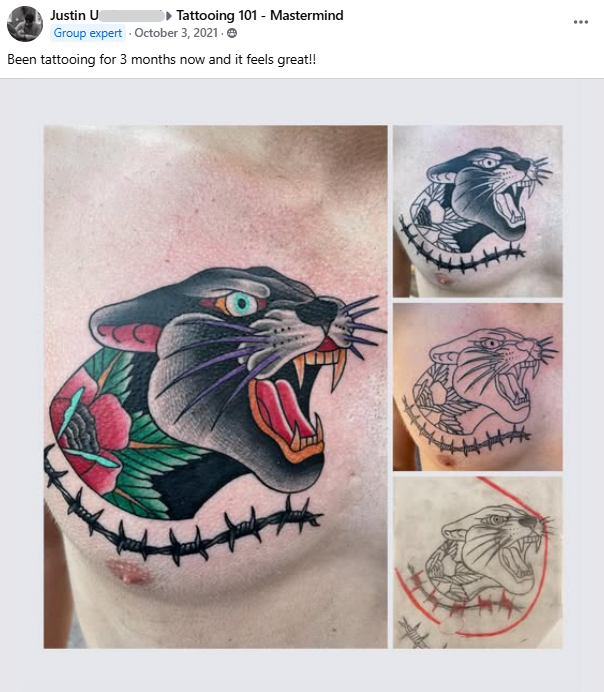
Others, like Phill and Maddox, have come back to Tattooing 101 while working in the industry to help train more artists within our coaching program.
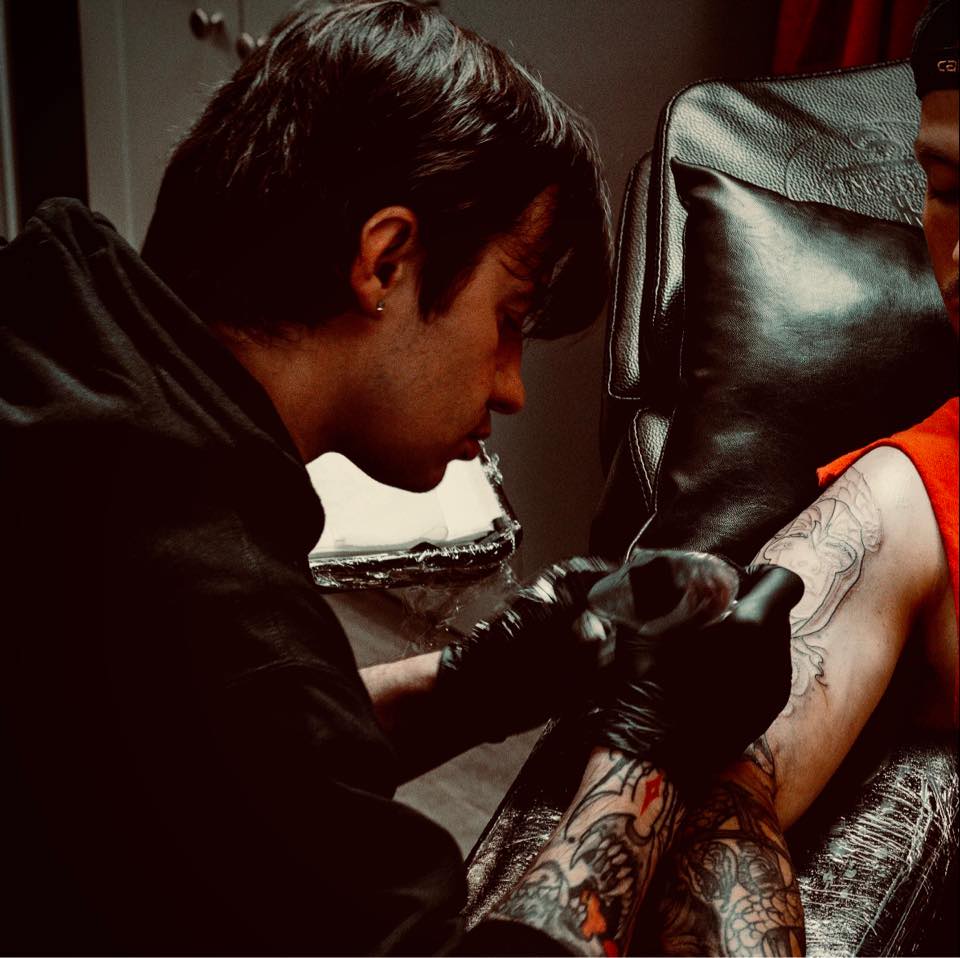
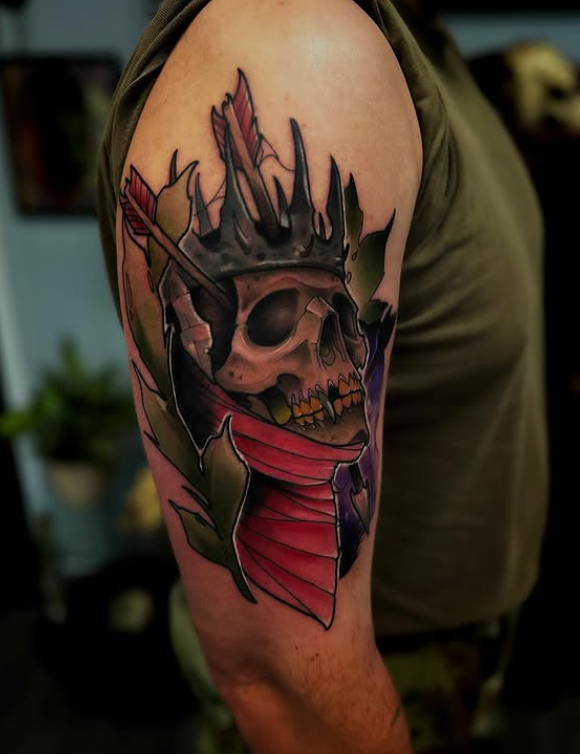
These students came from all different walks of life and backgrounds. Nina’s an accountant-turned-artist as well as a mother. Sammi was a nail tech before moving to tattooing. Phill was military and Maddox spent years in the video game industry.
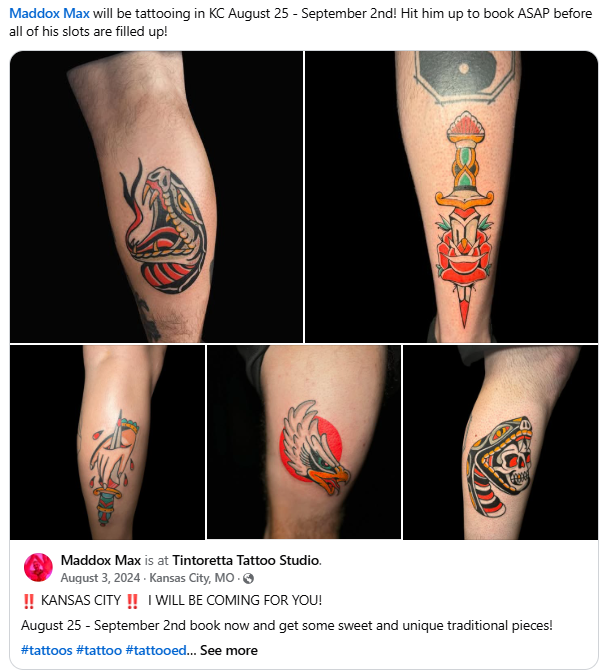
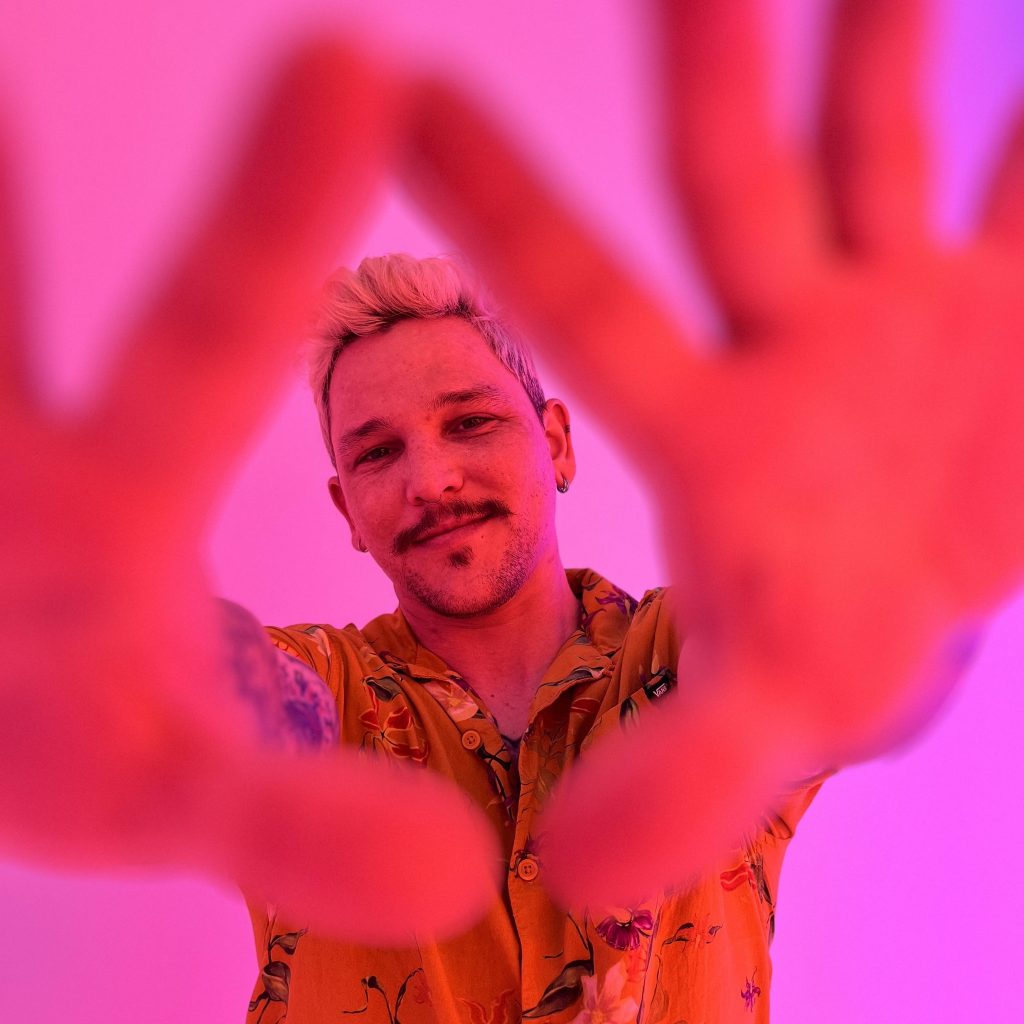
That said, it’s impossible to outline a “typical student.” Teachers, construction and restaurant workers, parents, and 9-5 office employees who used to think it was “too late” for them to learn tattooing – we’ve been lucky enough to see them all become great tattoo artists doing what they love every day.
What do you think makes a good tattoo artist?
In my opinion, a good tattoo artist is someone who: 1) loves the craft, 2) always wants to keep growing creatively, and 3) actually cares about the clients they’re tattooing. Because there’s two sides to the craft: the art side and the support side. Many clients see getting tattooed as “therapy.”
I’ve never run into a truly incredible artist who feels like they’ve learned enough. They’re always looking to build their technique and take on new challenges.
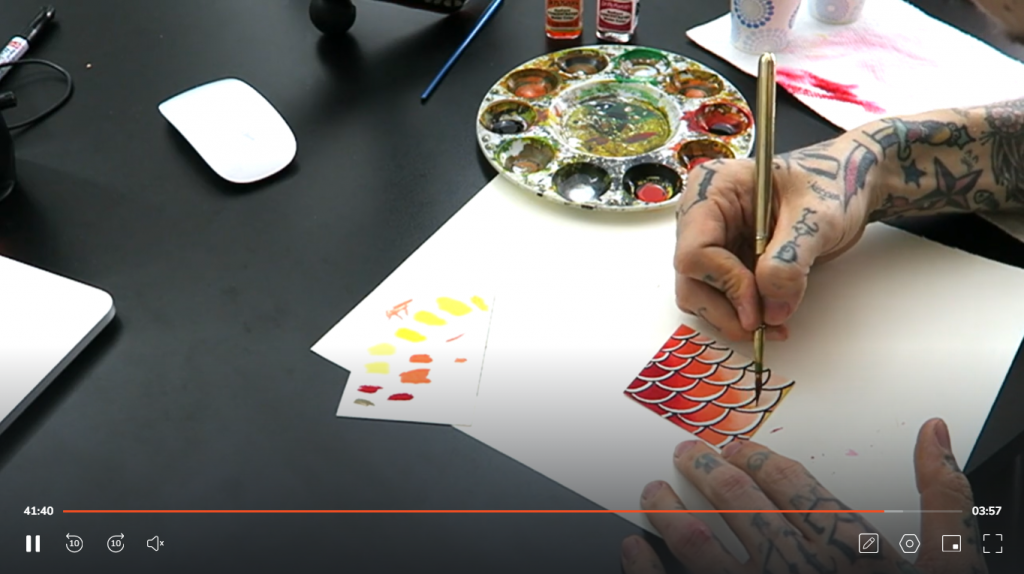
Can anyone be a tattoo artist?
The short answer is yes.
The long answer is that we don’t B.S. people: anyone can be a tattoo artist, but everyone will have a different timeline. I’ve seen an artist who had been drawing his entire life pick up a machine for the first time and open his own studio fully booked out three months later because he had the art background and the time to invest.
I’ve seen plenty of artists who had to take more time building their fundamentals around kids’ sports activities and full-time jobs. Both can be successful. The defining factor is the passion to keep practicing.
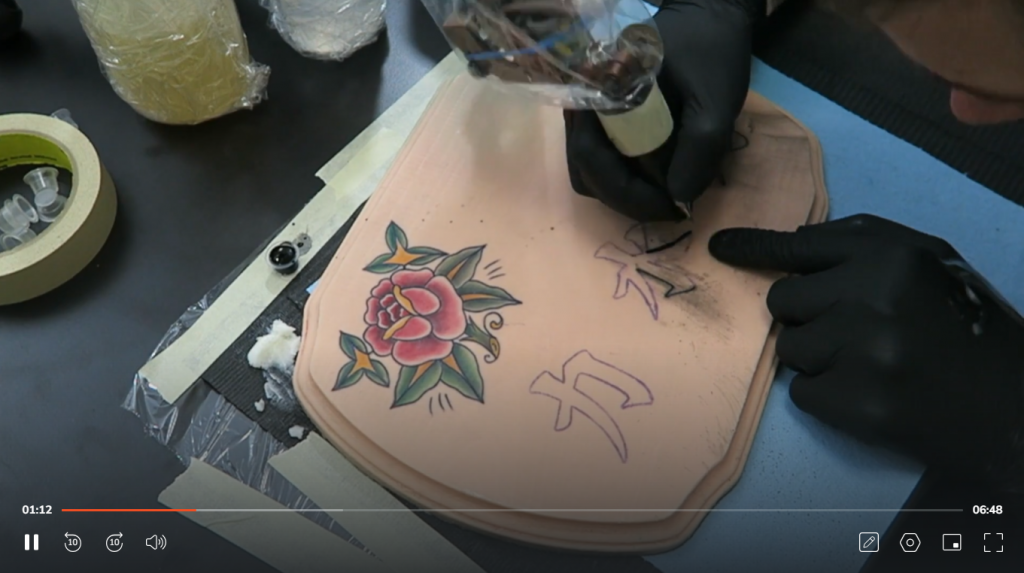
Tell us about the studio you run with your wife? What’s it like to get tattooed there?
Me and my wife Waylen co-own Arrowhead Tattoo Co. in Tennessee. We have one other full-time artist and an apprentice, though we host guest spots fairly often as well.
We’re pretty much an exclusively custom shop nowadays, but we like to do a bit of everything – realism, neo trad, traditional, tribal – and we play music constantly (A Day to Remember, August Burns Red, The Devil Wears Prada, Linkin Park, Bring Me the Horizon).
We recently moved locations and threw a block party-style flash day and had a few local businesses come out. A big part of tattooing for us is the relationship with our community and clients, and I think that comes through with the tattooing experience people have at Arrowhead.
Check out Tattooing 101 tattooing101.com, and Brandon’s shop @arrowheadtattoocompany
